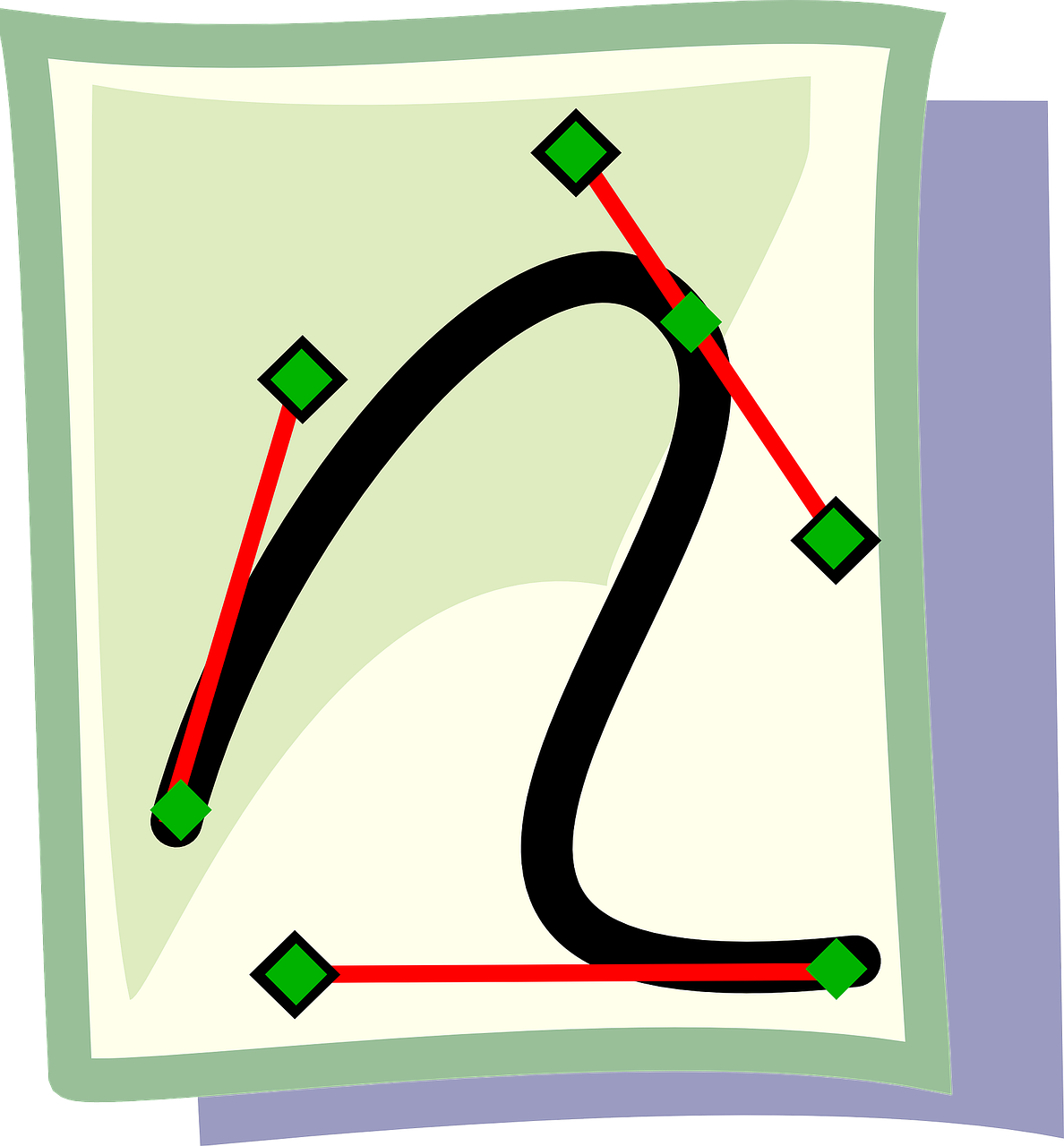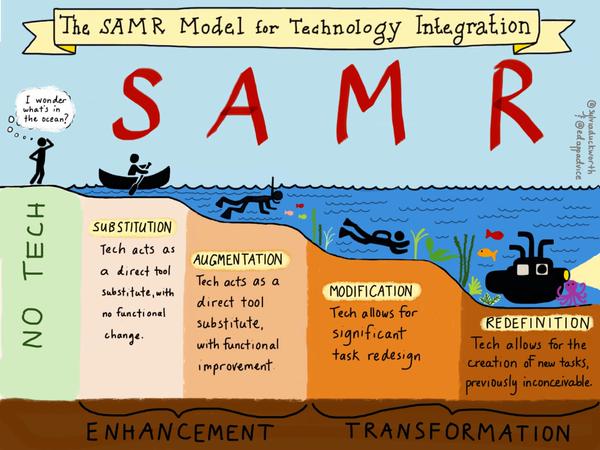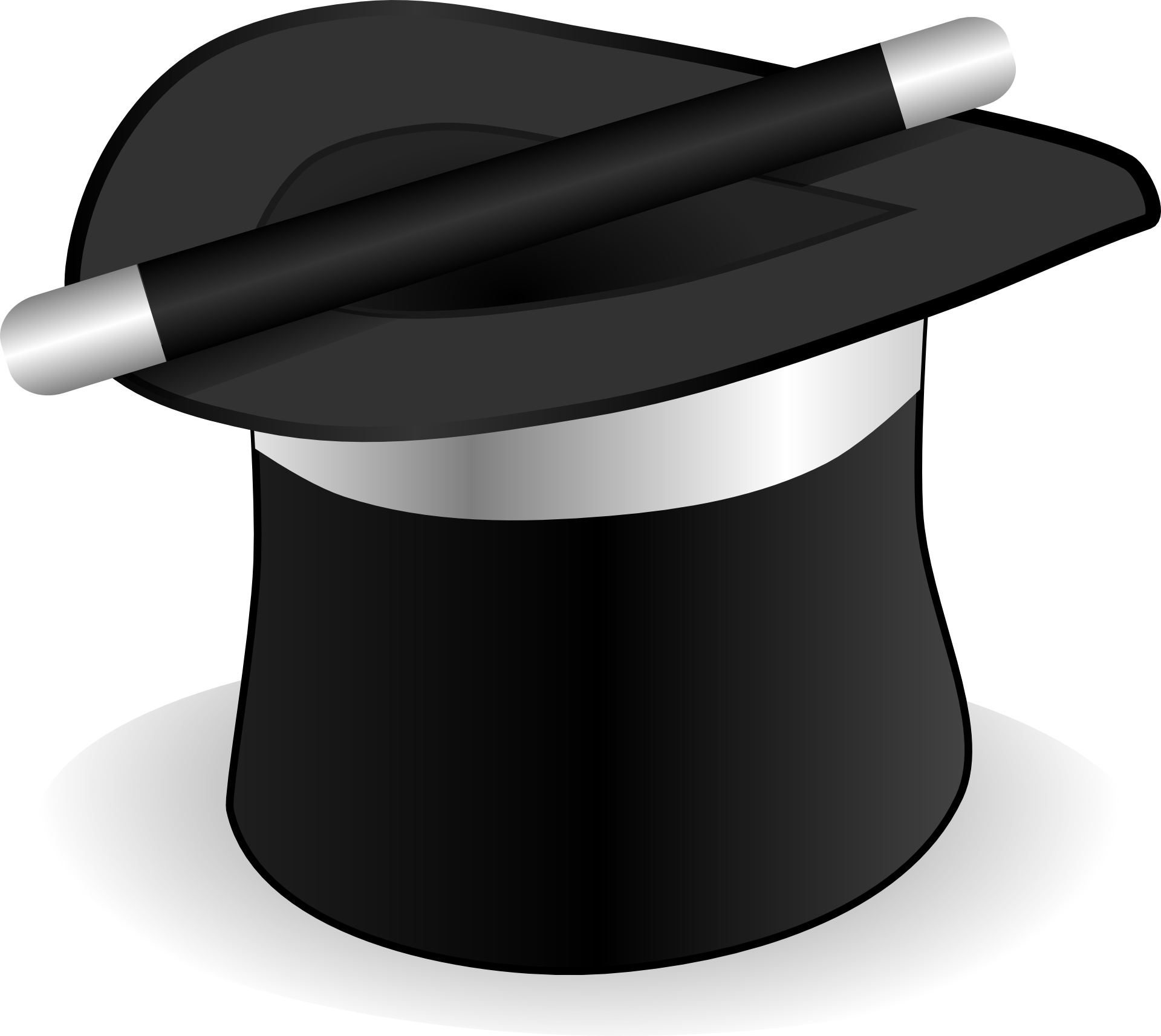http://www.pbs.org/wgbh/misunderstoodminds/mathdiffs.html
Reading through these strategies I can for sure say this document will be added to my teacher binder so that it’s at my fingertips at school. So many of the strategies in this document can be implemented as a whole class basis as part of the UDL and RTI frameworks. By using some of these strategies for all of our mathematicians we help them all build their skills and confidence. As a student with learning differences, I greatly appreciated when my teachers used strategies with the whole class instead of singling me out. I found that my teachers that worked best with my ADHD brain were my high school math and physics teacher and my ballet teachers, they embraced my need to move and use my body to help me understand. Now as the teacher I incorporate these strategies and teach strategies for executive functioning and teach to my active learners. I leaned towards what would have helped or helps me to learn. Something to remember when working with students with neurodivergent brains and specifically students with ADHD is that it’s not a lack of motivation or effort, their brain simply works differently. One of my favourite ways to explain it is that my brain thinks in webs with many connections and I can jump from connection to connection on my web very easily, some days when researching for this course or problem solving it is my super power, other days when conversing with people I don’t know well it can be hard to control my leaping from connection to connection. Our students need to know that they are so much greater than the challenges they face and that they can make it their superpower. My high school resource teacher told me that it was my greatest strength if I let it be. 15 years after she told me that I finally understand what she meant. With the right strategies we can help our students turn their area of weakness into their superpower. Each of our students has a superhero in them, it is our job to bring it out, to help them find the strategies and tools that let them use their superpower.
Understanding perceptual reasoning
Adaptation: Provide concrete tools and manipulatives
In our grade 4 classes we have provided students with “math tools tubs” all students have these small containers in their desks full of useful math tools. By giving these to every student and using them as part of our lessons we have made them something that everyone uses. My students often grab their tool tubs to help solve problems.
Contents of math tool tubs:
- Paper base ten blocks
- Two sided counters
- Ten frames
- Place value charts
- Hundred charts
- Addition table
- Multiplication table
- Number lines ( 0-20 and open)
- Number words
- Dice ( 6 and 10 sided)
- 100 paper counters
Generally available to the whole class
- Base ten blocks
- Cusinaire rods ( we have one set per student but they don’t fit in our desks)
- Coloured tiles
- Bingo chips
- Animal / shaped counters
- Fraction circles
- 12 and 20 sided dice
Understanding memory
Adaptation : use rhythm, music or pattern to support the recall of concepts and use visual cues / representations to recall information
There are many songs out there to help students remember and master math facts. One song I’ve used with a lot of success is “Long Division Style” a paradoy of Gagnam Style this has a catchy tune and the video I’ve chosen has actions that support recall. This also addresses one of the other strategies of using visual cues as we use consistent actions for each operation all year long. My first experience of using consistent actions for math was from a ballet teacher, Miss S was teaching ballet while majoring in math, I came into her class very frustrated that I wasn’t understanding using radians for trigonometry. Luckily that night my classmates were at a competition for tap which I hated for because of loud it got, and I was the only one in class. Miss S and I spent 45 minutes to an hour at the ballet barre going over different angles and how they related and the ratios using my legs as two sides of an equilateral triangle and the meter stick and ribbons to form the third side. By seeing it and putting my body into position it suddenly clicked. I may have danced under my desk in class to help visualize it but it clicked. Most of my students engage in using actions and I am able to use our actions as quick reminders and have seen my students use them when working on group problems as they are thinking. Go Noodle has a few that work for my students
https://www.youtube.com/watch?v=p-PKW-W8_Lk – Long Division Style
https://app.gonoodle.com/activities/skip-count-to-100?sp=category&sn=Math&st=categories&sid=10 – Skip counting to 100
https://app.gonoodle.com/activities/hollabaloo-greater-than-less-than-equal-to?sp=category&sn=Math&st=categories&sid=10 – inequalities
Understanding Executive Functioning
Strategy: create a predictable classroom routine
This one seems so clear to me and works well for 95% of my students. As a student who struggled with ADHD and found the videos on ADHD informative and empowering this was key to my success, sometimes I think our classroom routines are as much for me as for my students. Having a clear routine does not just mean posting the shape of the day for students. We take a few minutes in morning meeting to talk about the day and any changes from a typical day. Having routines also includes not only the schedule, it means having consistent places for things and goes as far as colour coding notebooks and duo tangs. We might see routine or visual schedule listed in an IEP for a specific student but they truly benefit all students. Our students with ADHD or anxiety also benefit from them.
For more information on ADHD and students with ADHD I’ve found ADDitude to be a very helpful and empowering. https://www.additudemag.com/
This Ted Talk was also very empowering https://www.youtube.com/watch?v=JiwZQNYlGQI










